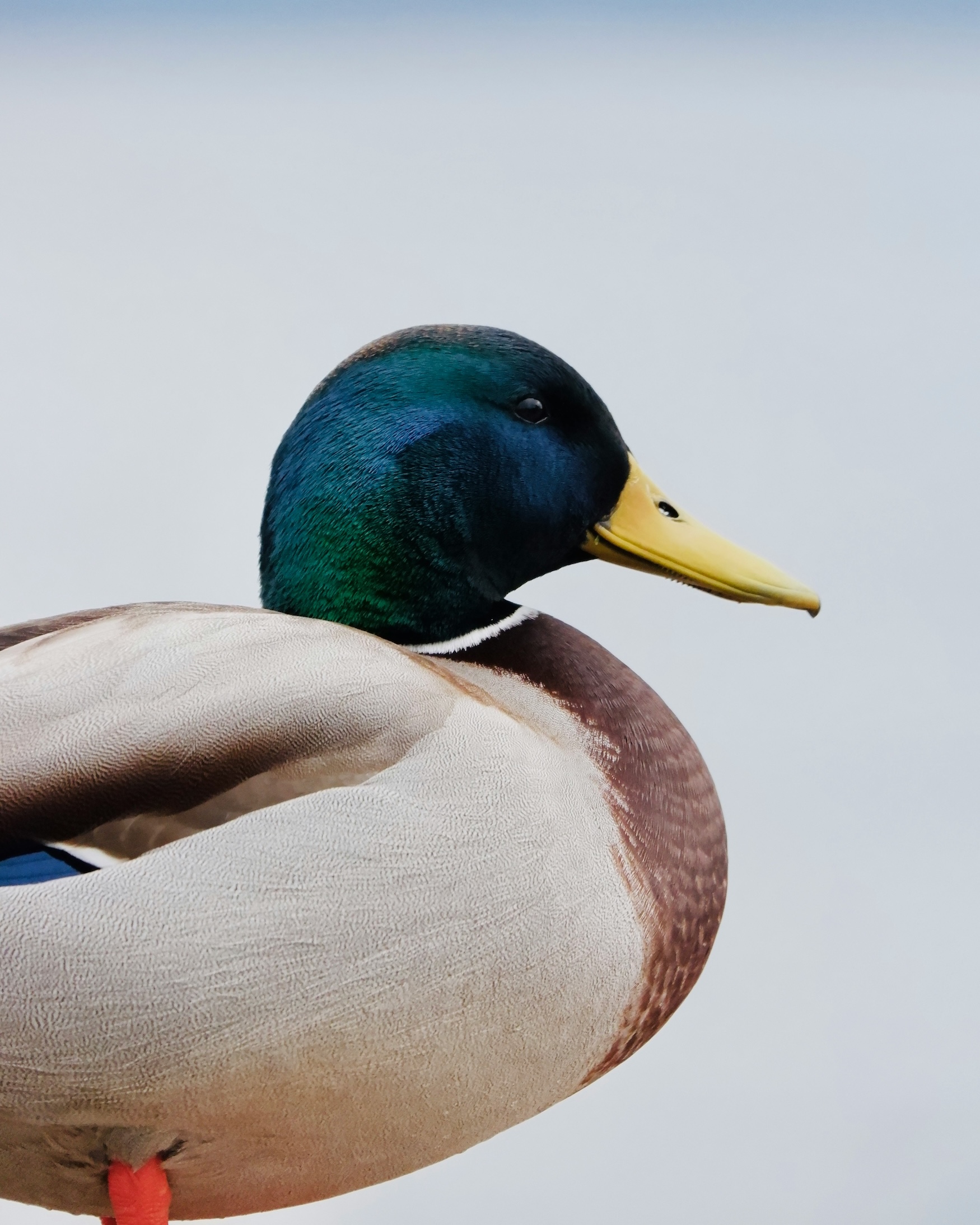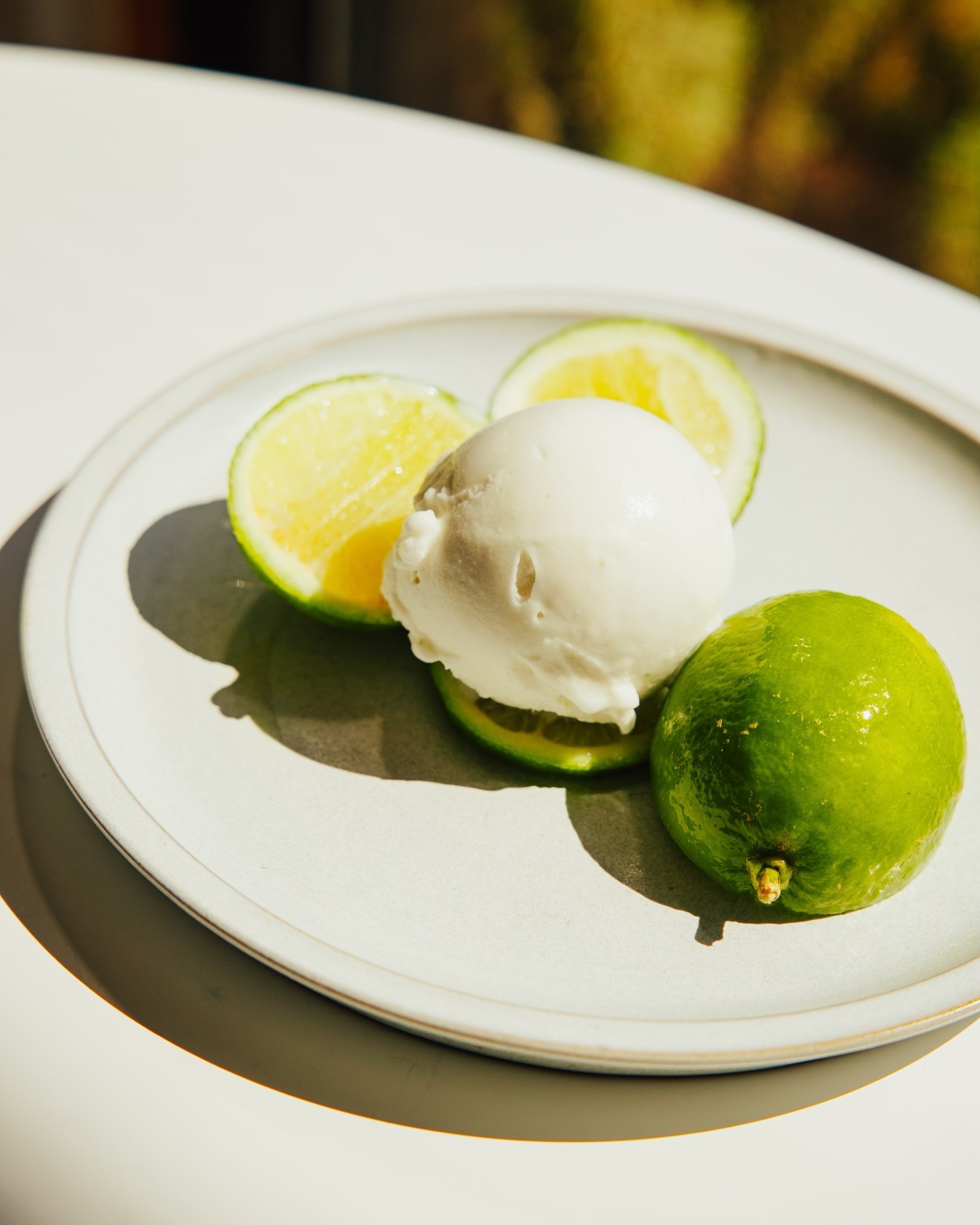Alabama’s wetlands and diverse ecosystems serve as a haven for a wide variety of waterfowl, encompassing diving ducks, puddle ducks, and tree ducks and geese among others. Understanding some of the distinct characteristics of waterfowl enhances the experience of both hunting and birdwatching in the state.
Hunting waterfowl is a pastime enjoyed by a huge number of Alabama hunters. From the saltwater coast to small woodland beaver ponds, ducks and geese can be hunted in a variety of habitats throughout the State. Hunters need to possess an Alabama hunting license, an Alabama duck stamp, a Federal duck stamp and have completed a HIP.
Being able to identify these waterfowl correctly is also important to stay legal if you are hunting ducks and geese. In Alabama, there is an early teal season (9/9-24) for this year and you, obviously can not shoot anything but teal. Regular duck season is split in 2 parts. November 24 and 25 is the early block and December 2 to January 28 makes up the rest of the season. This is where identifying ducks comes into play. While the limit is 6 “ducks”, you can only possess no more than 4 Mallards (no more than 2 of which may be female), 3 Wood Ducks, 1 Mottled Duck, 2 Black Duck, 2 Redhead, 1 Pintail, 2 Canvasback, and 1 Scaup. It is HIGHLY important to know the limits, season dates and shooting hours so review the regulation book thoroughly.
While the trends of harvest and populations have changed over the decades, Gadwall is the most commonly harvested duck in Alabama. In the Tennessee river area in north Alabama, the top 4 species are (in order) Gadwall, Mallard, Ringneck and wood duck. In the 1980’s and 90’s, mallards used to make up the top spot in harvest. Harvest in south Alabama is made up of Gadwall, Scaup,
Shoveler and wood duck as the top 4. In the 80’s and 90’s, green- winged and blue-winged teal used to make up the bulk of the harvest. With that, let’s look at some of the species you may encounter.
Diving Ducks
Diving ducks typically dive beneath the surface of water to feed and usually “run” on the water to take flight. They are commonly found in larger waters and coastal areas.
Canvasback (Aythya valisineria)
The male Canvasback showcases a striking reddish head and sleek profile, while the female features a subtler brown appearance with a characteristic sloping profile toward the rear. The head shape with the distinct sloping bill is a good identifier.
Redhead (Aythya americana)
The Ring-necked Duck displays a contrasting black-and-gray appearance, with the male featuring a striking chestnut-colored ring around its neck, though often difficult to see. Females have a more subtle brownish appearance and a distinctive white eyering.
Bufflehead (Bucephala albeola)
The Bufflehead, a strikingly patterned duck, is easily identified by the male’s glossy black-and-white plumage. Males exhibit a large white patch on the back of their head, resembling a puffball, while females have a more subdued appearance with a smaller white cheek patch.
Common Goldeneye (Bucephala clangula)
The Common Goldeneye features a striking contrast of black-and-white plumage. Males showcase a dark iridescent green head with a white crescent below the eye, while females possess a chocolate-brown head and a noticeable white eye patch.
Lesser Scaup (Aythya affinis) & Greater Scaup (Aythya marila)
Scaups, consisting of the Lesser and Greater species, share similar appearances but can be differentiated by size and subtle features. Both showcase a dark head with a purplish gloss, complemented by a light gray body and black-tipped blue bill. The Lesser Scaup has a more rounded head and a smaller bill compared to the Greater Scaup, which exhibits a flatter head profile and a larger bill.
Puddle Ducks
Puddle ducks are typically found in fresh, shallow waters of marshes and rivers. They can dive but usually feed by “tipping up” rather than submerging. They also usually take flight by “jumping” straight up rather than running on the water.
Mallard (Anas platyrhynchos)
The Mallard stands as one of the most recognizable and widespread ducks. The male Mallard sports a glossy emerald head, a yellow bill, and a chestnut-brown chest, while the female has a mottled brown appearance. Both sexes exhibit a distinctive iridescent blue wing patch, commonly visible during flight.
Wood Duck (Aix sponsa)
Unmistakable with its vibrant plumage, the Wood Duck is a beautiful creature. The male boasts an intricate array of colors – iridescent green and purple head, red eyes, and distinctive white markings around the eyes and throat. The female displays a subtler pattern with a gray-brown head and distinctive teardrop-shaped eye rings.
Northern Shoveler (Anas clypeata)
Easily recognizable due to its oversized spatula-shaped bill, the Northern Shoveler is occasionally mistaken for a mallard in flight. The male Northern Shoveler flaunts a striking green head, white chest, and chestnut sides, while the female possesses a mottled brown appearance with a noticeable blue forewing patch.
American Wigeon (Anas americana)
The American Wigeon is known for the male’s distinctive white crown and green eye patch. Females possess a mottled brown appearance, both displaying a noticeable white patch on the wing during flight.
Gadwall (Anas strepera)
The Gadwall is less showy in appearance than other ducks. Males showcase a grayish body with intricate feather patterns and a distinctive black rear. In flight, a white speculum and chestnut and black portions on the wing coverts are displayed. Females exhibit a mottled brown appearance with an orange bill and a white speculum.
Hooded Merganser (Lophodytes cucullatus)
The Hooded Merganser is a small, strikingly patterned duck known for its distinctive fan-shaped crest. The male sports a black-and-white head with a large white patch, while the female displays a cinnamon-brown crest and a subtle gray-brown appearance.
Teal
Blue-winged Teal (Spatula discors)
The Blue-winged Teal, with its distinctive blue wing patch and cinnamon-colored head (male), is common in Alabama. Females exhibit a mottled brown appearance, both displaying a bright blue patch on the wing, visible in flight.
Green-winged Teal (Anas crecca)
The Green-winged Teal features a striking green patch on the wing, visible during flight. Males have a chestnut head with a bold white crescent behind the bill, while females exhibit a more subdued appearance with a brownish hue.
Tree Ducks
Black-bellied Whistling Duck (Dendrocygna autumnalis)
Fairly common, especially in south Alabama, Black-bellied Whistling Duck often perch in trees. This species exhibits a distinctive pink bill, chestnut underparts, and a grayish face, making it easily identifiable. In flight black-bellied whistling ducks are often described as having a “droopy” look with their most obvious features being large white wing strips on the upper, front portion of the wing, with a black band along the back.
Fulvous Whistling Duck (Dendrocygna bicolor)
Relatively rare in Alabama, the Fulvous Whistling Duck is characterized by its reddish-brown plumage, long neck, and distinctive white markings on the face. Its unique appearance sets it apart from other waterfowl species.
Geese
Snow Goose (Anser caerulescens)
During the winter months, Alabama often becomes a temporary home to Snow Geese, particularly in migration. The adult Snow Goose sports distinctive white plumage with black wingtips, while the young geese possess a grayish appearance. They can congregate in huge flocks.
Canada Goose (Branta canadensis)
The Canada Goose is our most common goose in Alabama. With its black head and neck, white chinstrap, and brownish-gray body, this species is easily recognizable, often found in flocks grazing on grassy fields or near bodies of water. Alabama has both migrants in fall and winter as well as a significant resident flock.
Alabama’s waterfowl diversity provides an excellent opportunity for hunters and bird enthusiasts to engage in observing and identifying these fascinating species. Remember, field guides, binoculars, and patience are your allies in this endeavor. Understanding the unique identifying traits and habitats of these waterfowl species not only enriches hunting and birdwatching experiences but also contributes to the conservation efforts aimed at preserving Alabama’s diverse ecosystems. So, grab your gear and embark on an exciting journey to enjoy the world of waterfowl in Alabama!
This article first appeared in the Winter 23’ AWF Magazine.




